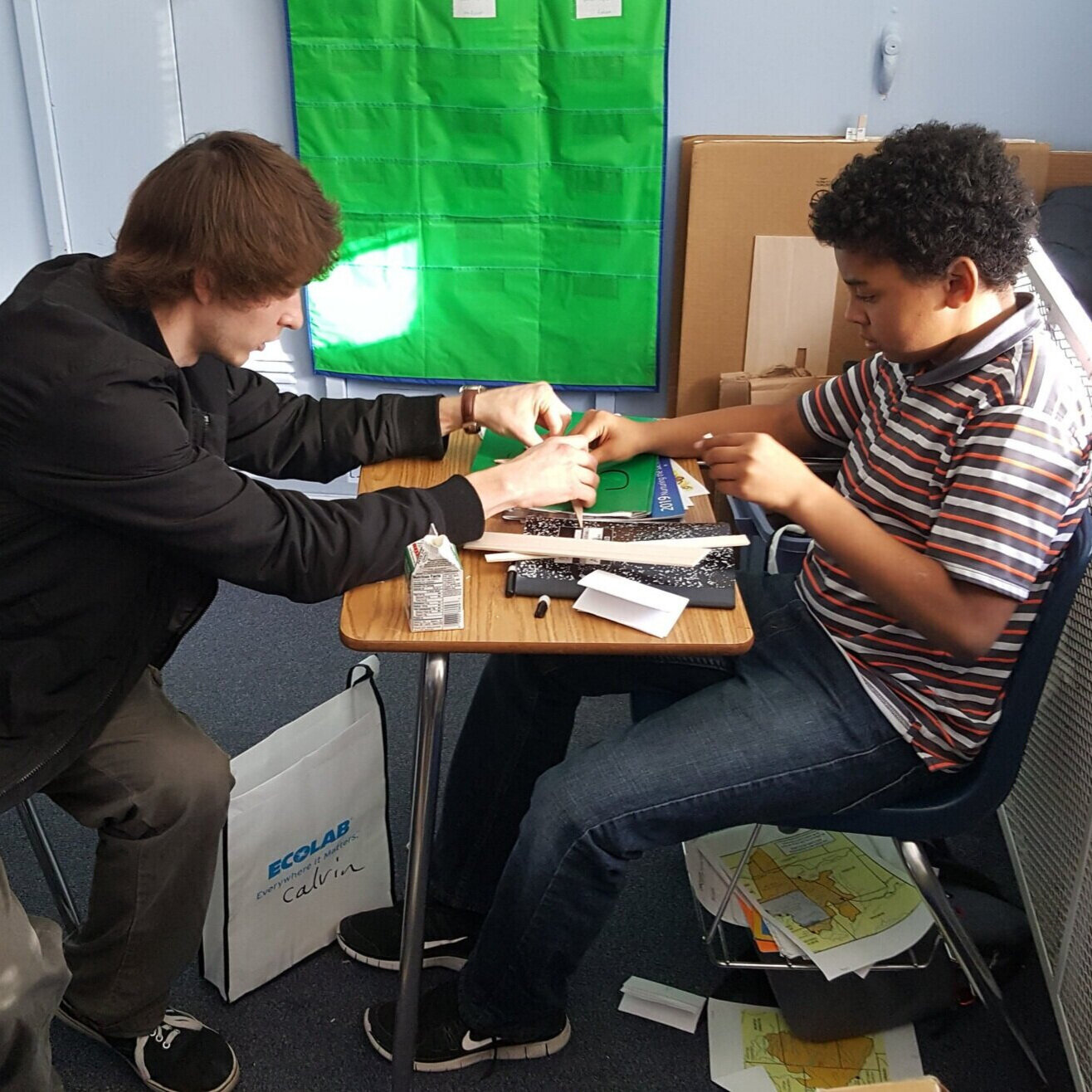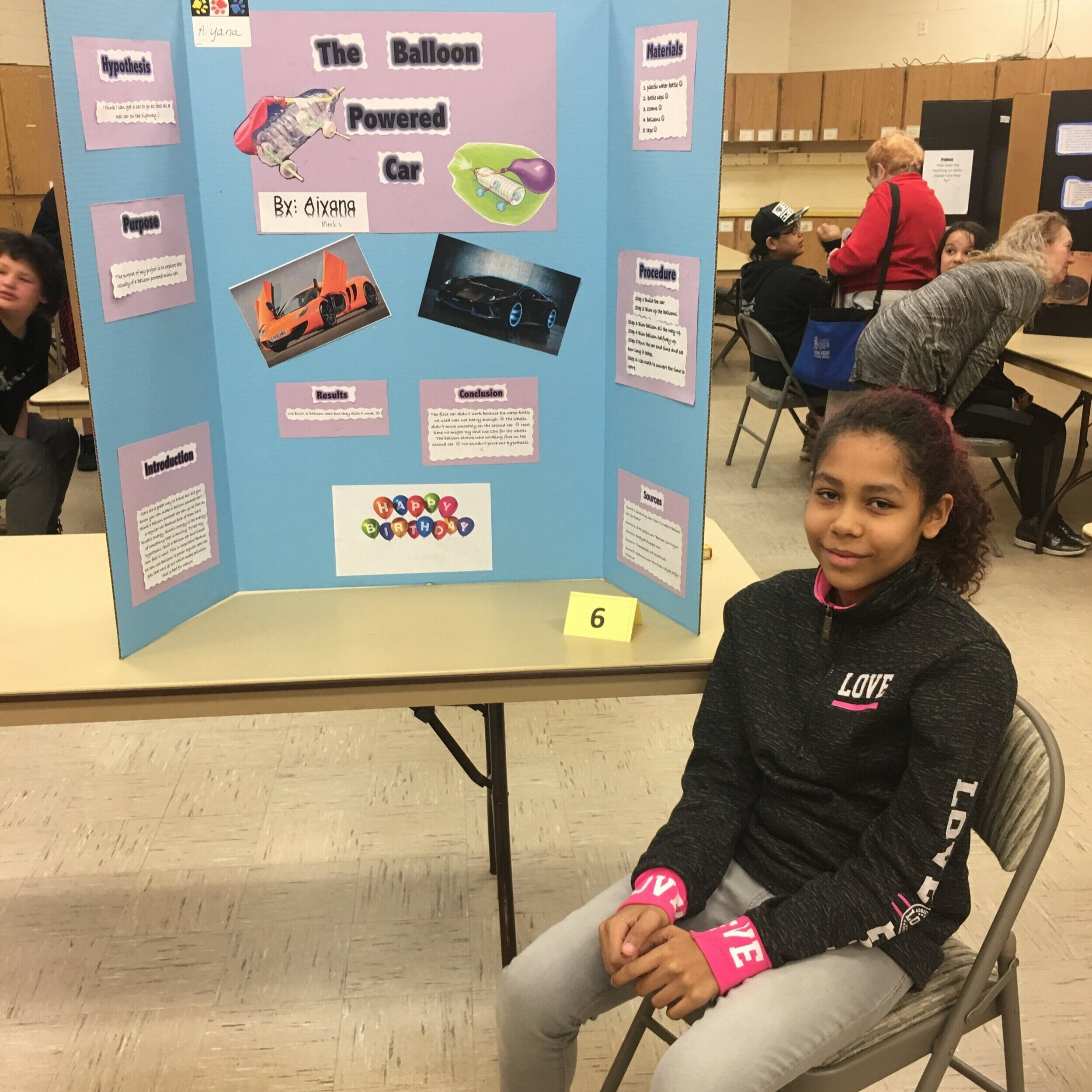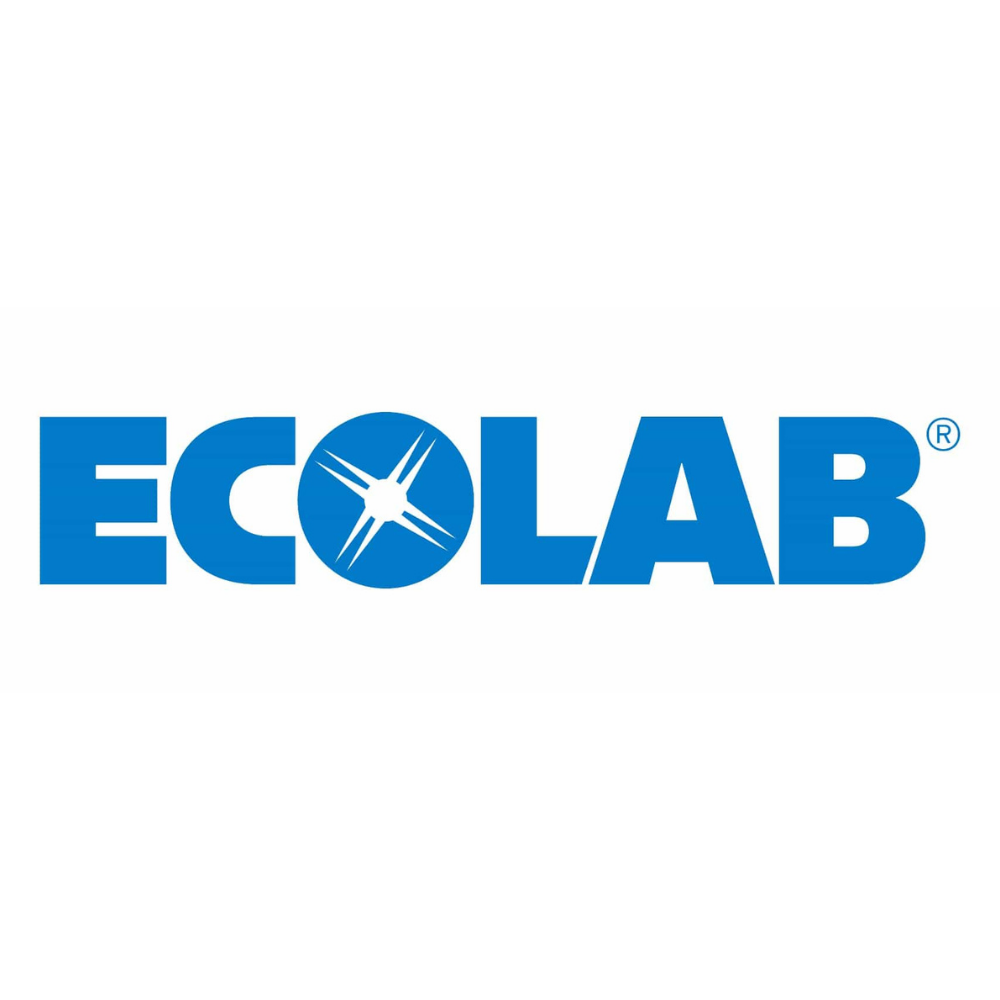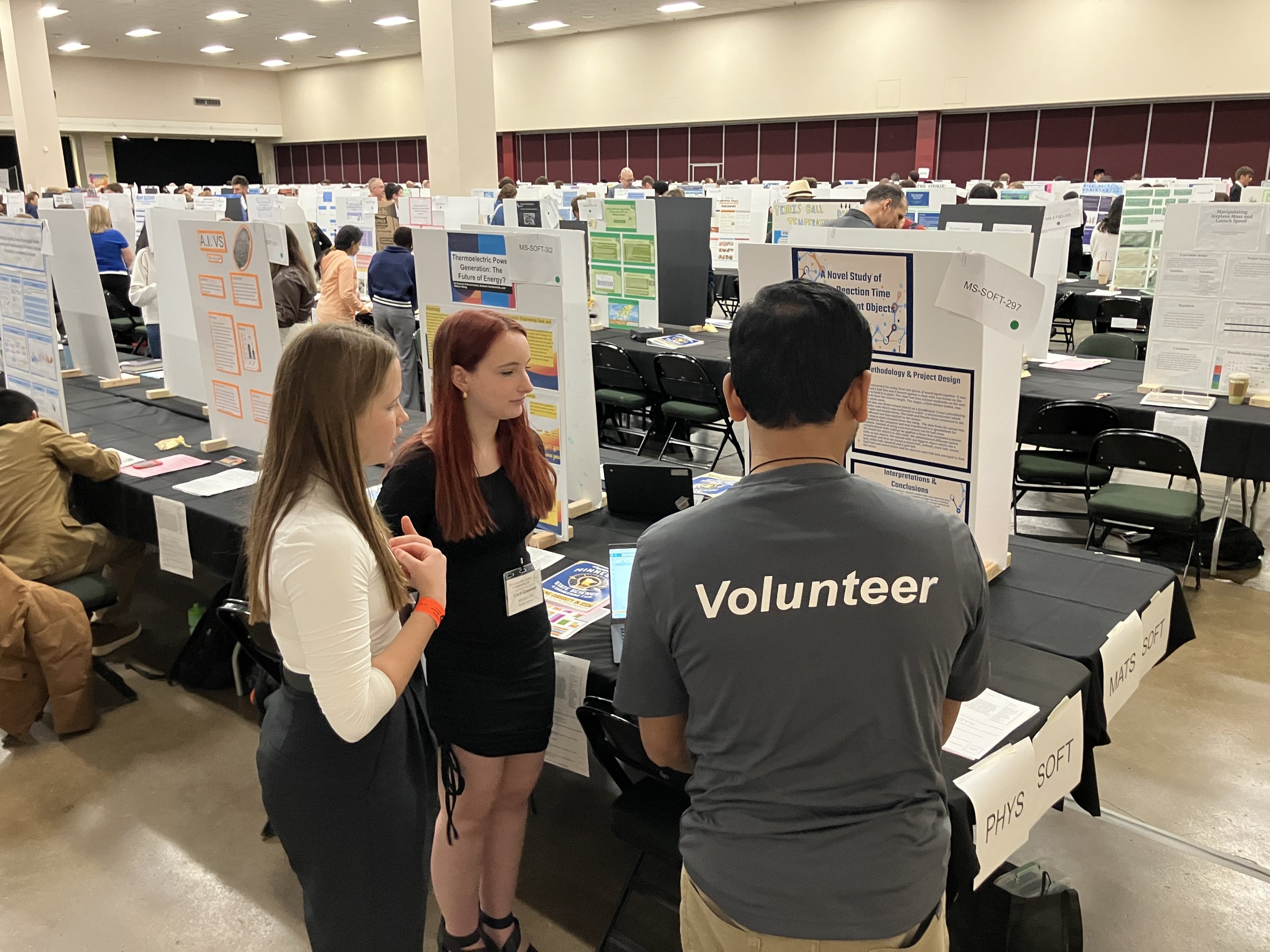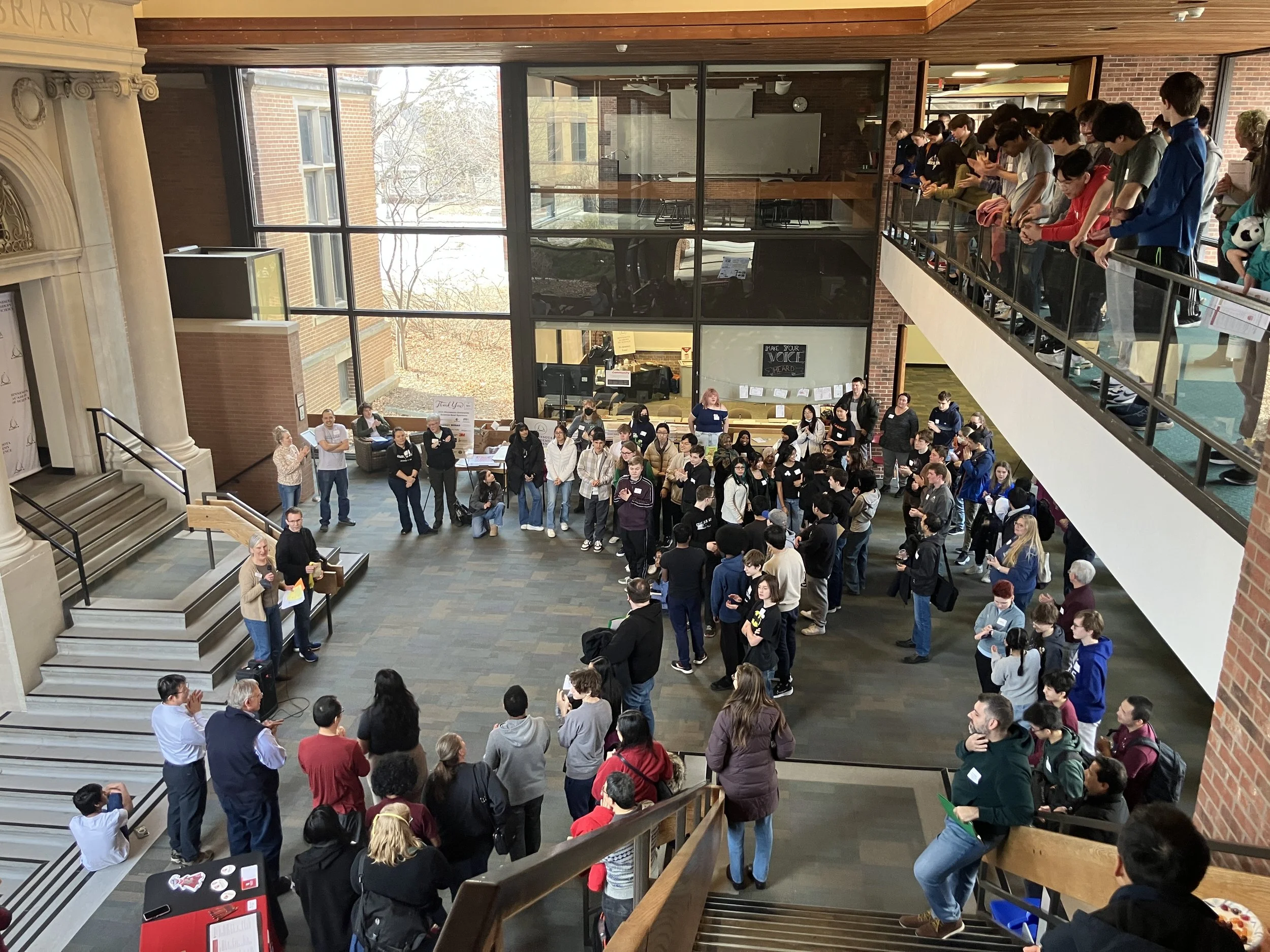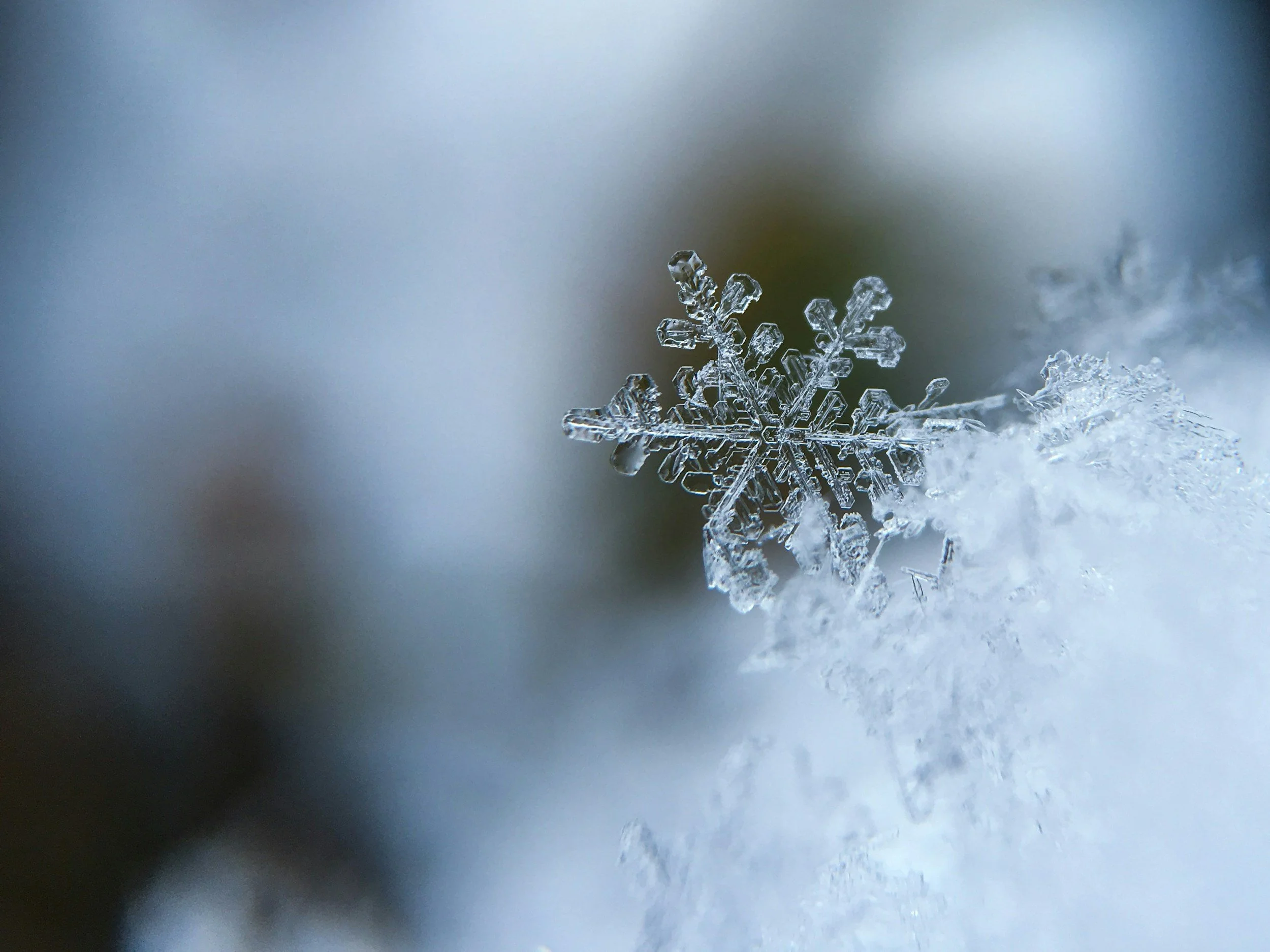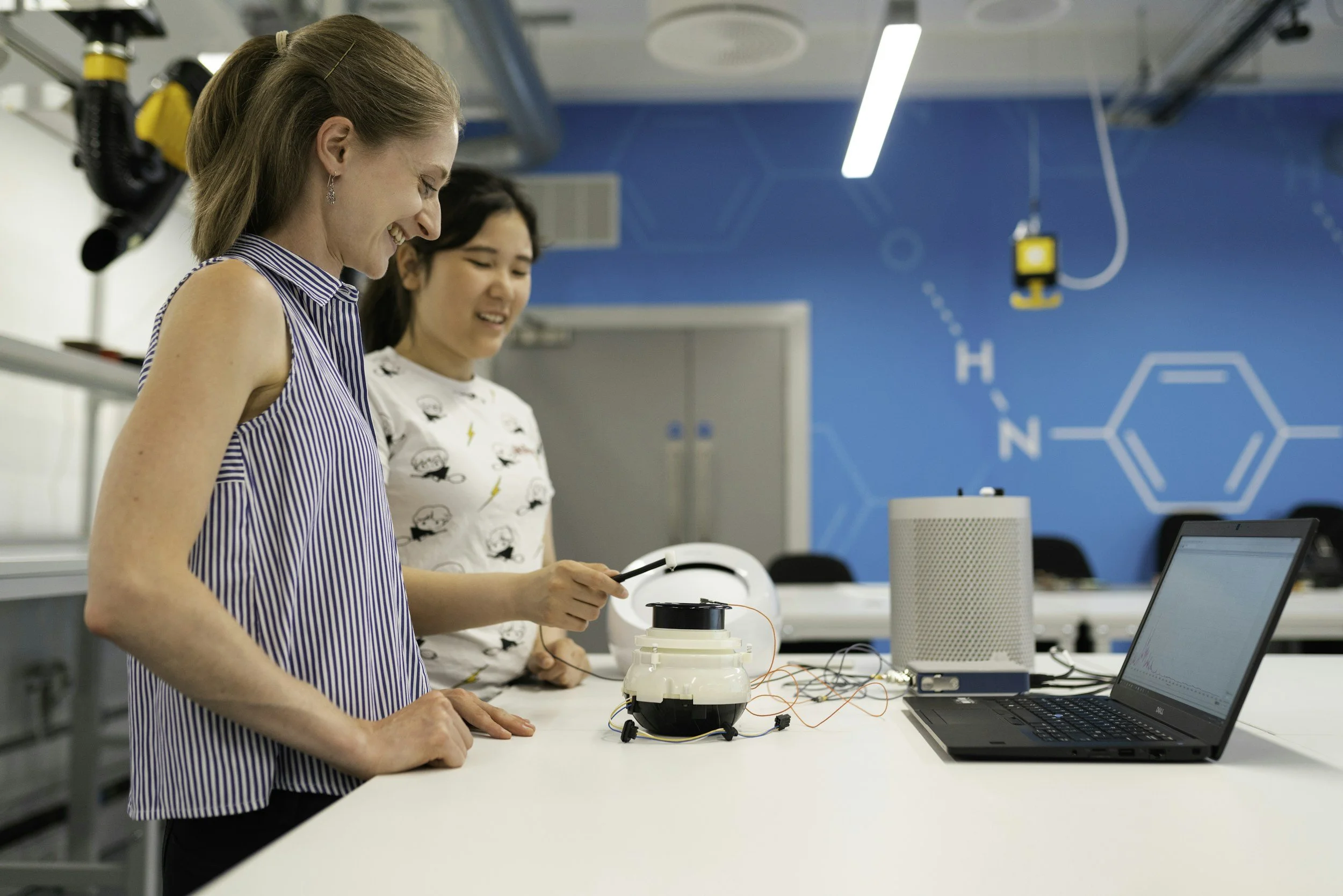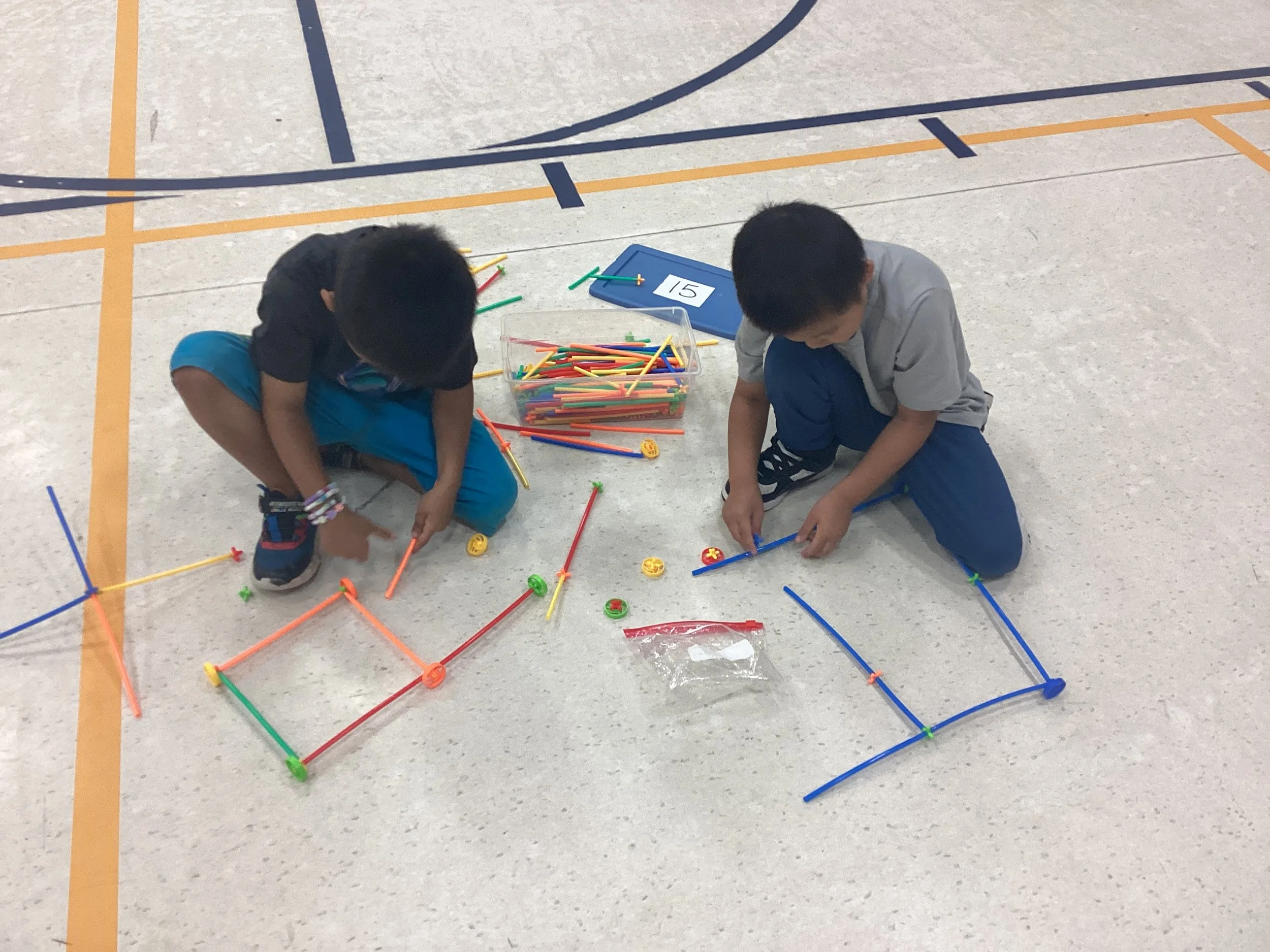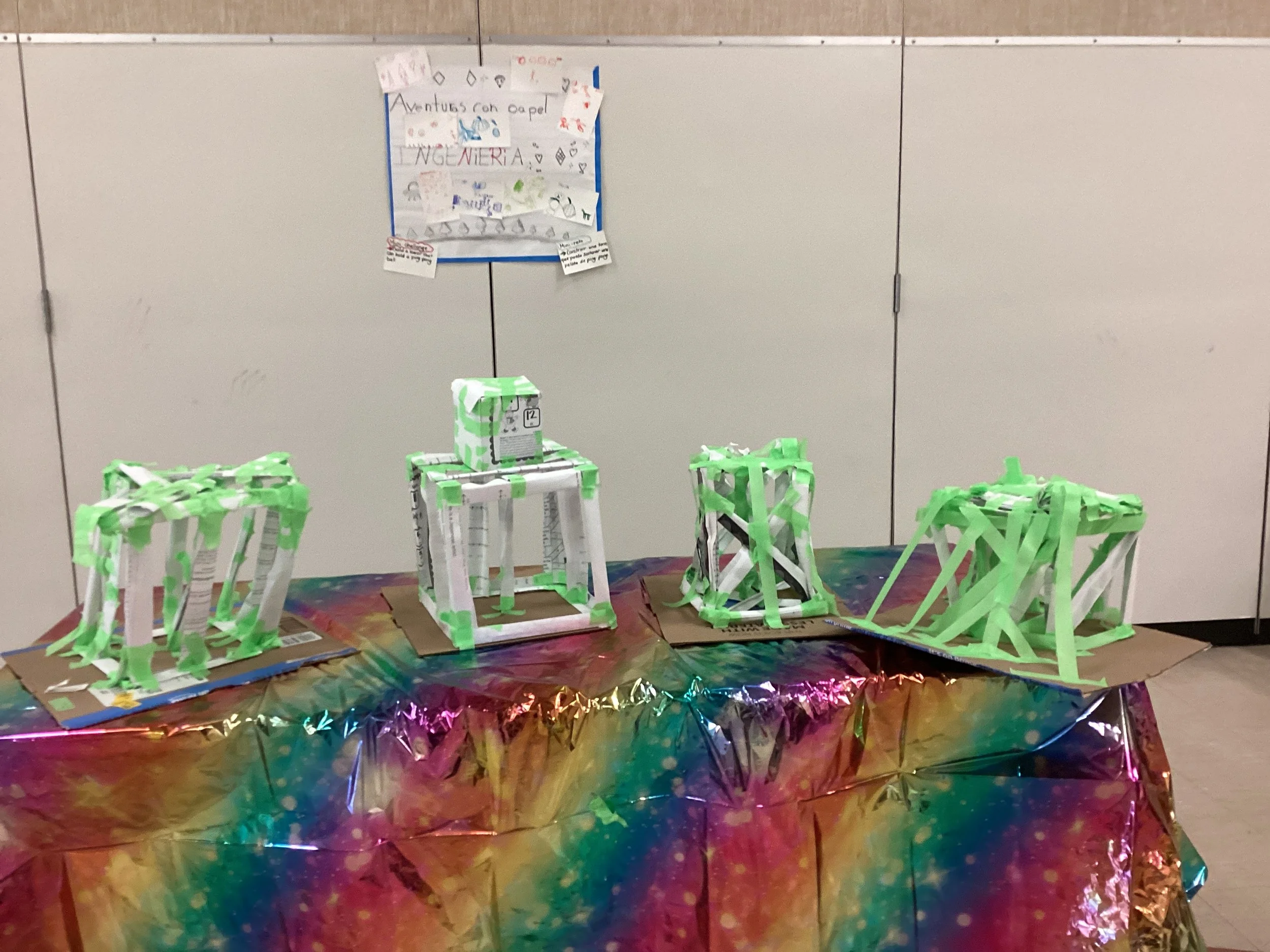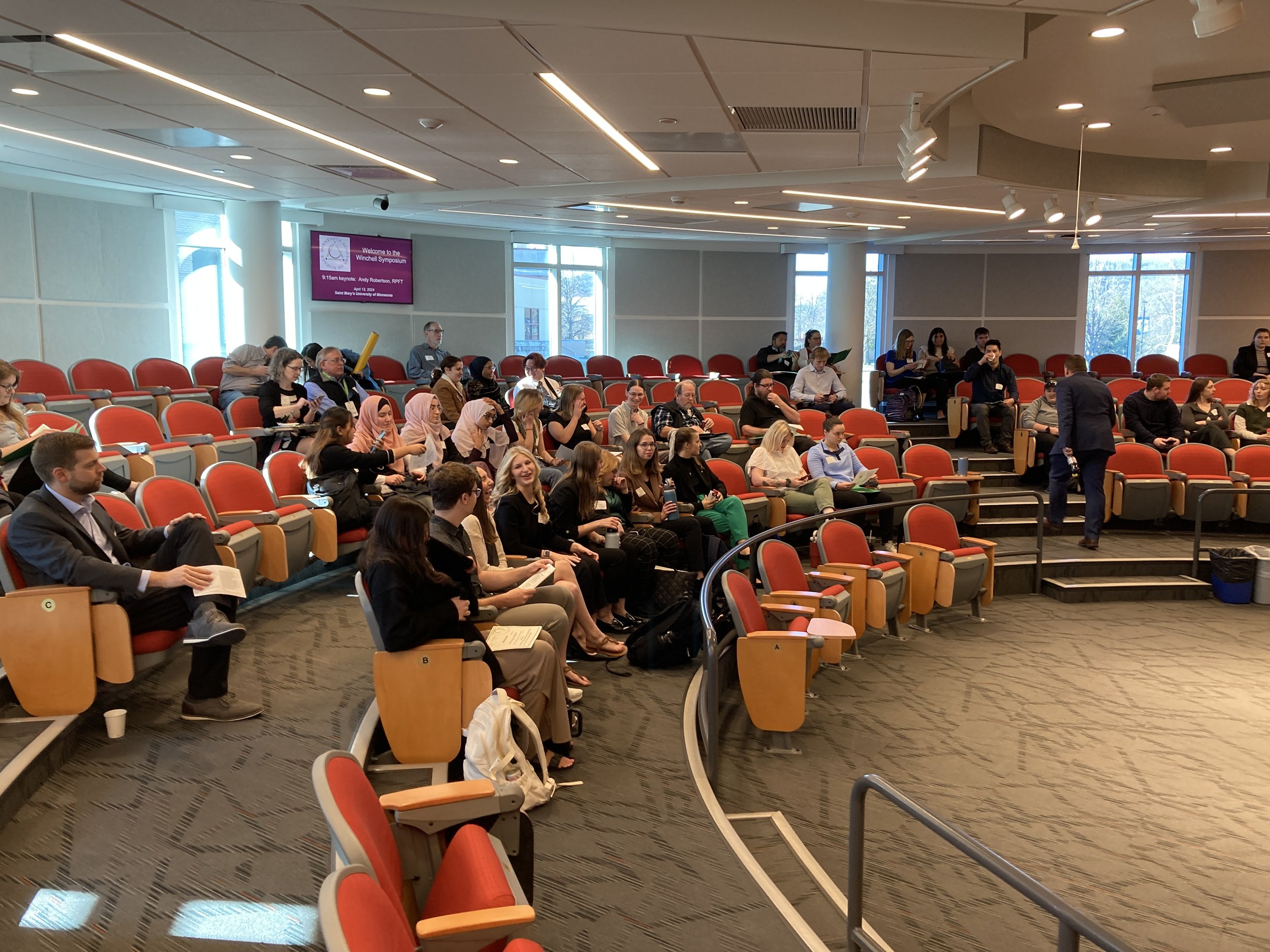Getting Started with the Minnesota State Science & Engineering Fair
Completing a science or engineering project and presenting at a science fair is a fun way to deepen your interests and gain research experience. The steps below will help you get started with your project and make sure you are well prepared for the entire process of competition at the state level.
MN Regional Science Fairs
1. Determine your eligibility for the Minnesota State Science & Engineering Fair (SSEF).
To be eligible to participate in the SSEF, students must first participate in an affiliated Regional Science Fair in Minnesota and be selected to advance. Students must be in grades 6-12 to participate at the state level. Find the county where your school is located on the map to the right and use the map to identify your region. If you attend a school that does not have a Science Fair or if you are homeschooled, please contact your Regional Director:
Northeast Region, Duluth | Regional Director Cynthia Welsh
Western Region, Crookston | Regional Director Tim Dudley
Rochester & Southeast Regions, Rochester | Regional Director Josh Halverson
Northern Region, Bemidji | Regional Director Kjerstin Owens
Southern Region, Mankato | Regional Director Kellie Augustin
Twin Cities Region, Twin Cities | Regional Director Timara Underbakke
Please Note: Southeast region will not hold its own fair in 2024. Individuals residing in the Southeast counties Dodge, Fillmore, Goodhue, Houston, Mower, Olmsted, Rice, Steele, Washaba, or Winona should register for the Rochester Regional Science Fair for 2024.
2. Begin planning your project.
As you begin planning your science or engineering project, think about topics that interest you, things you wonder about, or problems you would like to solve. Selecting a topic you are interested in will make the project more fun and more meaningful to you.
Wondering if your topic or project idea fits with a “science fair”? You might be surprised by all the project categories allowed! In Minneosta, projects are assigned to one of the ISEF categories, defined and explained here.
If you are starting your first Science Fair project, try using our Science Journal, which will guide you through the process of formulating a research question and designing your investigation.
3. Make a safety plan.
All science fair participants must conduct their experiments safely and ethically, to minimize potential danger to themselves, others, and their equipment. To ensure safety and ethical scientific practice, all projects are required to go through a Scientific Review Committee (SRC) for approval. This process involves completing and submitting documents both before and after conducting any experiments to show that all work was approved, supervised, and completed with safety measures in place. Follow the International Science and Engineering Fair (ISEF) Rules Wizard to see what paperwork you need to fill out. Remember, safety paperwork must be completed before you begin your investigation.
4. Complete your ISEF forms.
ISEF forms 1, 1A and 1B, an abstract, and research plan are required for all projects. As discussed in the safety section above, use the ISEF Rules Wizard to determine if you need to complete additional forms.
Students must be in compliance with all rules stipulated by ISEF in the ISEF Rules & Guidelines. Make sure that you do not do any of the items that will disqualify you from competing at ISEF.
5. Conduct your investigation.
Now comes the fun part — starting your experiment or building your project!
The scientific method is one process for conducting a science project used by many students and professional scientists—but it is not the only way to conduct research or solve problems! The steps of the scientific method can vary slightly, but an example of the general process is shown to the right. Recording and analyzing your results are important aspects of doing scientific research or completing an engineering project.
At the state level, you will be asked to present your project using a “quad chart.” It can be useful when developing your project to consider the categories of the chart:
Quadrant 1: Research Question/Engineering Goal
Quadrant 2: Methodology/Project Design
Quadrant 3: Data Analysis & Results
Quadrant 4: Interpretation & Conclusions
6. Write your abstract.
An abstract provides a brief overview of your project and should summarize the results of your investigation as of the time of your presentation. It tells the reader why something was done, how it was done, and what the results were. It is not an exhaustive description of the project or results. Abstracts for both high school and middle school projects must NOT exceed 250 words.
7. Create your state-level presentation materials.
Participants selected at the regional level to advance to the state level must submit a project presentation video and other materials during their registration in zFairs. (Note that some regions use the same process and in some cases materials submitted at the regional level can be promoted in zFairs to the state level.) These online submissions along with in-person presentation materials will be available to judges during scoring.
Participants will be required to present a quad chart in person. More information will be available on the 2025 SSEF Details page.
8. Register on the zFairs platform.
Upload your presentation materials and completed forms on zFairs. More information will be available on the 2025 SSEF Details page.
9. Submit your registration payment.
Payment information will be posted on the 2025 SSEF Details page. Scholarships are available!
10. SRC review
Your project will be reviewed by our Safety Review Committee (SRC) of professional scientists to ensure that you followed all rules.
11. Project judging
Professional scientists and engineers will judge your project and provide feedback (and encouragement!) using the materials you uploaded to zFairs and your in-person presentation. All student projects are reviewed by several general awards judges as well as special awards judges.
12. Attend Science Fair.
The State Science Fair event is a great way to meet STEM professionals, network with your peers and learn about their projects, attend interesting workshops and fun activities, and connect with the larger STEM community in Minnesota! Every year, our State Science Fair looks a bit different. You can find specifics about this year’s fair on our 2025 SSEF Details page. We’re looking forward to seeing you at the 2025 Minnesota State Science and Engineering Fair!
13. Awards ceremony
The awards ceremony is a celebration of your accomplishments and a way to learn more about other participants’ projects. Award ceremonies can differ each year but in recent years we made awards announcements via an online awards ceremony for the top awards followed by immediately all awards on our website and this format is likely to continue.
more resources for science fair projects
“How to create a better research poster” by Mike Morrison
See our SSEF Frequently Asked Questions page for much more information and tips
Completing a Science Fair Project: 5 Steps to Success is a great resource for beginning the science fair process.
Our SSEF Example Project Videos page has a sampling of top-scoring videos from the 2020 SSEF sorted by grade, and includes a review worksheet and teachers’ guide for use in classrooms or distance learning.
Watch our 2020 recorded presentation from experienced judge Travis Frey on creating ISEF ready projects and presentations.
Science Buddies empowers students, parents, and teachers to quickly and easily find free project ideas and help in all areas of science.
Check out our student resources page to find links for families about STEM in Minnesota, learning about science from home, and much more.
For teachers- The University of New Mexico has an online Research Challenge (Science Fair) Bootcamp. Go to the Learning Lab website to learn more.
